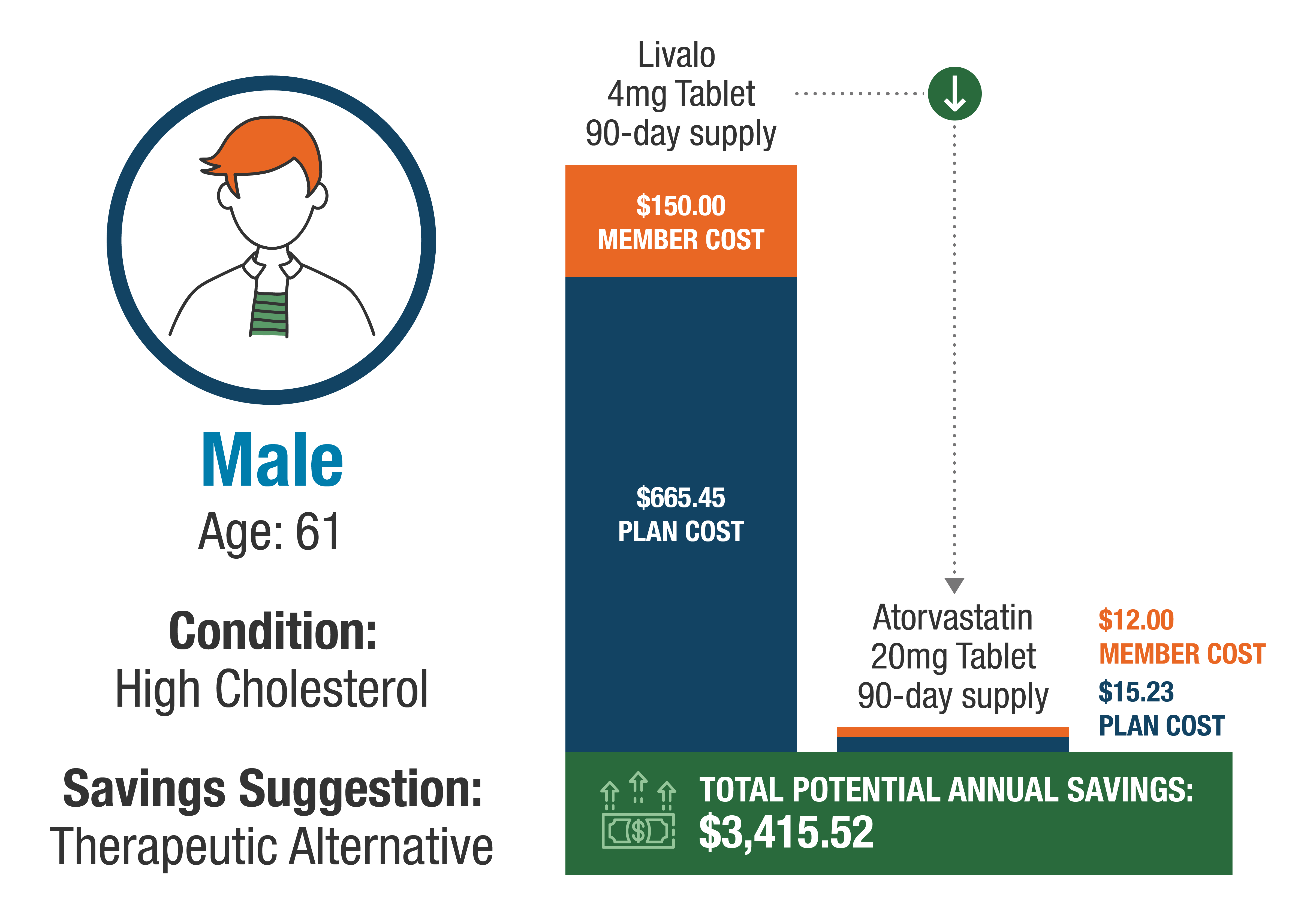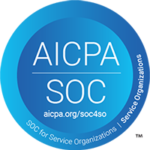A collection of clinical insights from our team of in-house pharmacists. These industry veterans curate, update and review our patented technology’s 34,000+ clinical, dose-adjusted savings suggestions—and they’ve got expertise to share.
Check back for more condition-focused content, featuring key trends we’re seeing in utilization, medical management, pricing, therapeutic alternatives and more.
———————————————–
This month’s edition of On One Condition hits close to home, as I was recently diagnosed with high cholesterol. And the interesting thing about this diagnosis coming in your late 30s versus later in life is that it seemed my doctor was less willing to give it a label right out of the gate. He encouraged strict dietary changes, exercise, and to come back and re-check in six months. Truth be told, I’ve always had borderline high cholesterol—even dating back to high school—and the numbers have steadily increased over the years. I eat fairly well and my four children keep me active, but when my last round of labs came in, I knew it was time to start therapy.
Condition Summary
- High cholesterol is a chronic (long-lasting) health condition wherein the body’s balance of good versus bad cholesterol is off, resulting in an increase of fatty deposits in the arteries.
- The fatty deposits slow blood flow which, when left untreated, can increase risk of heart disease. In the most severe cases, these deposits can entirely block blood flow, leading to a stroke or heart attack.
- Unfortunately, early detection of high cholesterol can be difficult because there are few symptoms. A visit to the doctor and annual lab work is the best way to diagnose high cholesterol.
- This condition can run in the family but can also be a byproduct of unhealthy lifestyle choices.
Treatment
- One can make an argument that high cholesterol is treatable by reversing unhealthy lifestyle choices:
- Heart healthy diet
- Exercise
- Refrain from smoking
- Weight loss
- Drink alcohol in moderation
- In cases when lifestyle changes don’t help—or when the condition is inherited—drug therapy is often the best way to reduce cholesterol.
- There are roughly 10 different drug classes that treat high cholesterol. Aside from one injectable medication, all the classes are oral tablets or capsules.
- The most common form of initial treatment is statin therapy, followed by dose adjustments and other therapy options as needed.
Utilization Snapshot
Here’s a look at high cholesterol treatments we’ve seen based on 2021 claims data:
- 130 prescribed products for high cholesterol
- 2021 member costs = $48.2M
- 2021 plan costs = $137.4M
- 2021 average total cost per claim = $38.80
- Lowest = $4.81
- Highest = $50,820 (a one-month prescription for Juxtapid®)
3 Key Trends
1 – The pipeline of new high cholesterol drugs has slowed to a snail’s pace in recent years. The last big release came in 2015 with an injectable class of cholesterol-lowering agents. This launch was met with immediate hesitation from payors and prescribers due to price concerns. At the time, this class of drugs would routinely cost patients over $9,000 annually—compared to $50 for existing therapies. Less than three years from launch, the price for these injectable medications was slashed by 60%. It was a reduction unheard of in the pharmaceutical industry and raised questions about what went into the original list price.
2 – Most high cholesterol medications are now generics. But just because a drug is generic doesn’t mean it isn’t expensive or that we don’t have ways to save money with a therapeutic alternative, tablet split or pharmacy price shopping. In fact, 13% of all the suggested switches made by our members are changes from one generic cholesterol medication to another. Here’s an example of equivalent therapies we often see prescribed—one just happens to cost 50 times more:
- Fenofibric Acid 106mg Tablet (#30) = $319.19 per fill
- Fenofibrate (Micronized) 67mg Capsule (#30) = $6.16 per fill
3 – Here’s a general overview of the most affordable and expensive high cholesterol treatments we typically see:
- All Products:
Most affordable = Simvastatin, Lovastatin
Most expensive = Juxtapid, Praluent, Repatha - Combination Products:
Most affordable = Simvastatin/Ezetimibe
Most expensive = Nexlizet
Real Member Savings
Again, most high cholesterol medications are generic, but we still see plenty of patients taking branded medications. While we help RxSS members in PPO plans find typical savings between $5-45 by switching from a brand name to generic, our solution really helps those with high-deductible health plans. Here’s just one recent example that resulted in nearly $3,500 in annual savings for an RxSS member and their plan.

Similar to other chronic conditions we’ve covered, affordability is a key component to keeping members adherent to their cholesterol treatment. And with enrollment in high-deductible health plans on the rise (now 33% of people), finding savings like this is more important than ever.
———————————————–
Meet Our Pharmacists
How can RxSS find so many ways to save on prescriptions? First, we find smart pharmacists. Learn all about our Pharmacy and Therapeutics (P&T) Committee and what they do.



